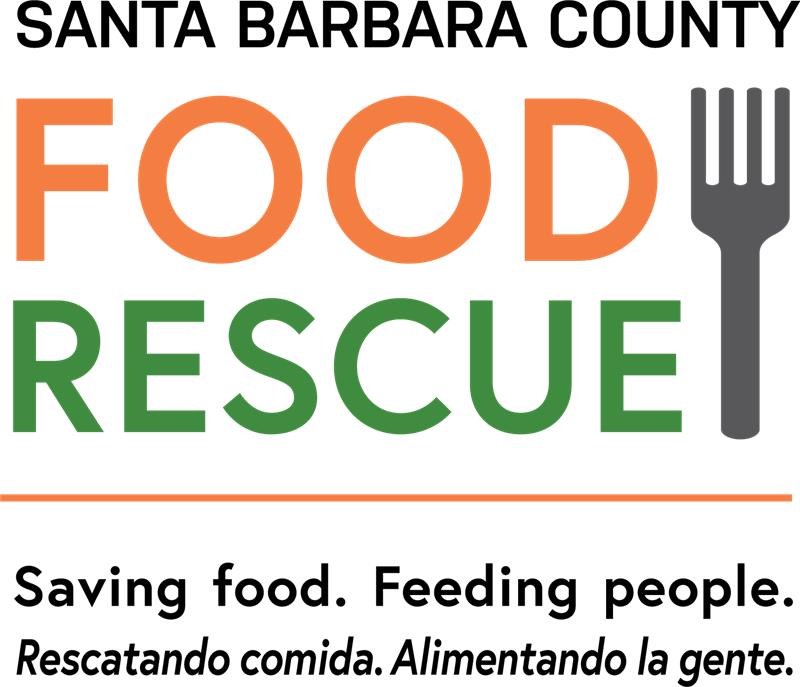FOR DONOR AND RECIPIENT PARTNERS
Santa Barbara County Public Health Department, COVID-19 Public Information Portal
Up-to-date information about COVID-19 prevention, safety protocols, and guidance. Visit the Business Resources page for information about COVID-19 Prevention Emergency Temporary Standards and Face Covering Guidance for businesses in Santa Barbara County. Visit the Health Officer Orders page for information about the most recent COVID-19 public health orders.
COVID-19 Guidance for Limited Service Charitable Feeding Operations (LSCFO)
COVID-19 best practices and guidance specifically for LSCFOs in Santa Barbara County.
Limited Service Charitable Feeding Operations (LSCFO) Information – Santa Barbara County
Important information about the definition and qualifications of an LSCFO, including an FAQ page, COVID-19 guidance, and registration form. Depending on the type of food service, a nonprofit organization may be required to register with the local enforcement agency.
Information Regarding the Donation of Food to Nonprofit Organizations
Important information about regulations, liability, potential tax deductions for donors, and excerpts of statutes that apply to donors. Food donors should review this document for more guidance on legal protections and liability when donating their excess edible food.
Training for Carriers Covered by the Sanitary Transportation of Human and Animal Food Rule
The U.S. Food and Drug Administration’s free Sanitary Transportation Carrier Training course provides basic food safety training for transportation drivers and volunteers based on industry best practices. Launch the online course.
FOOD SAFETY
Santa Barbara Public Health Department, Environmental Health Services, Food Safety Certification
Information about food safety certification requirements for retail food facilities in Santa Barbara County.
CA Retail Food Code Effective January 1, 2020
The California Retail Food Code (SB 144) is a comprehensive law that presents uniform retail food safety guidance and enforcement. It includes many details about food safety regulations and best practices, which is useful for retail food businesses.
U.S.D.A. Food Safety and Inspection Service, ”Danger Zone”
Important information about the “Danger Zone” temperature range, why it is important, and best practices to prevent food from entering the “Danger Zone”.
U.S.D.A. Food Safety and Inspection Service, Foodborne Illness and Disease
General information about foodborne illnesses and diseases, possible causes, the “Danger Zone,” and best management practices in case of a foodborne illness or disease.
U.S.D.A. Food Safety and Inspection Service, Cleanliness Helps Prevent Foodborne Illness
Information on how to prevent foodborne illnesses through best food safety practices.
Food Safety and the Types of Food Contamination
Information about the types of food contamination, including chemical, physical, and biological contamination.
U.S.D.A. Meat and Poultry Packaging Materials
Safe meat and poultry packaging FAQs and general FAQs about overall safe food packaging and storing procedures.
REDUCE FOOD WASTE AT HOME
Smarter meal planning and waste-free cooking practices are ways you can lower your carbon footprint. Below are some resources to help you get started:
- Further with Food
Share your own resources and learn about proven solutions and innovative new approaches to reducing food loss and waste. - SavetheFood.com
Resources to help you reduce your food waste at home, including a dinner party calculator, meal prep advice, grocery list planner, storage tools, accurate expiration dates, and recipes using food scraps. - IValueFood.com
Take the I Value Food Challenge to discover how much food you waste and how to reduce your waste while saving money. - Dana Gunders Waste Free Kitchen Handbook
Purchase Dana Gunders’ Waste Free Kitchen Handbook: A Guide to Eating Well and Saving Money by Wasting Less Food. - EatSmartWasteLess.com
Join the Eat Smart, Waste Less Challenge and pledge to reduce your food waste by learning about the current food system, measuring your wasted food, and receiving storage and grocery shopping tips. - Environmental Protection Agency – Reducing Wasted Food at Home
Recommendations for how to reduce your food waste at home, important facts about the benefits of reducing food waste, and a toolkit for your home and community. - Supercook
A mobile app and online search engine that allows you to enter what food items you have in your kitchen and provides recommended recipes using the ingredients you have, helping you reduce food waste and make sure all food in your kitchen is used.
COMPOST AT HOME
Even applying compost to your garden plot helps pull carbon out of the air on a small-scale and diverts your food waste from the landfill, keeping methane (one of the most potent greenhouse gases) out of the atmosphere. Each ton of food waste diverted from the landfill results in 17.5 metric tons of avoided Co2 emissions – equivalent to taking 45 cars off the road. See these resources for regional composting programs and subsidized worm bins for your home:
Videos
Food Security in Higher Education
UC Santa Barbara, Allan Hancock College, Santa Barbara City College, and Westmont University are partnering up in an innovative, heartfelt effort to tackle a problem most are unaware of: widespread food insecurity among college students. Each campus has bolstered existing healthy food programs for students, which range from meal vouchers and complementary food pantries to community gardens and culinary demonstrations.
Where Has The Food Gone?
Forty percent of the food that is produced in the United States goes to waste along the production chain even as a significant portion of the population continues to go hungry. Food waste is an issue that affects all, as the decomposition of food waste in landfills releases greenhouse gases into the atmosphere, making it a major contributor to climate change. Where Has the Food Gone? examines the consequences of food waste, how to reduce it, how food can be repurposed, and the groups in Santa Barbara that are making these changes happen.

